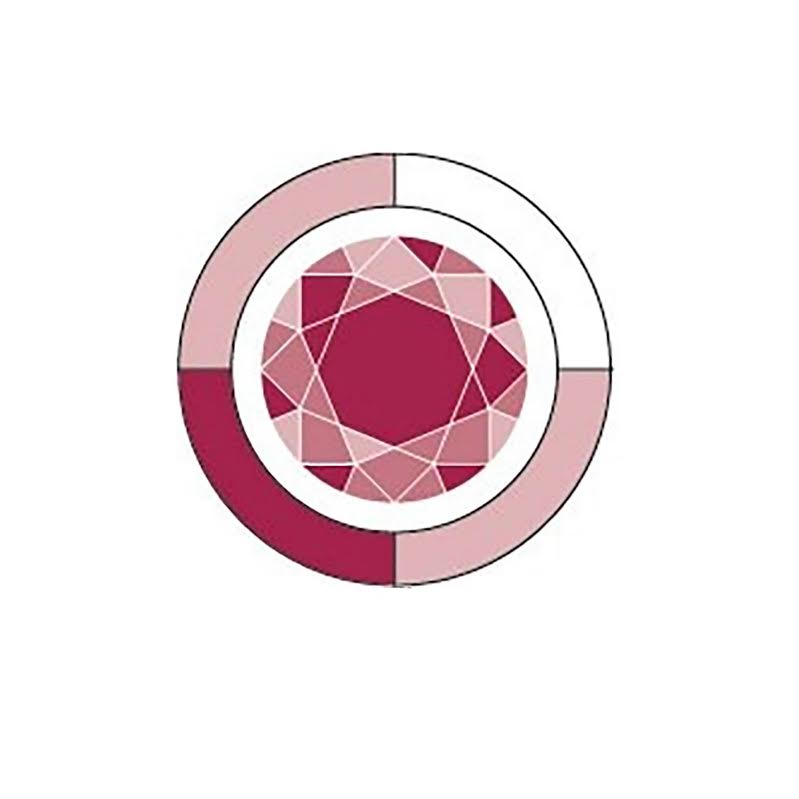Taxpayers could soon be dealing with more paperwork or face the prospect of a lower WFH deduction if the ATO gets its way.
With the expiration of the previous fixed rate method and the shortcut method for calculating the deduction for WFH (working from home) expenses, the ATO has released a draft guideline on the new revised fixed rate method for calculating work-related additional running expenses that will replace both these methods from 1 July 2022. Prior to 1 July 2022, taxpayers were able to use one of three methods for calculating a deduction for expenses incurred as a result of working from home:
- the actual costs method, which involved calculating the actual expenses incurred as a result of working from home;
- the fixed rate method, which allowed 52c per hour for each hour a taxpayer worked from their home office to calculate their electricity and gas expenses, home office cleaning expenses, and the decline in the value of furniture and furnishings. In addition, a separate deduction for the taxpayer’s work-related internet expenses, mobile and home telephone expenses, stationery and computer consumables and the decline in value of a computer/laptop could also be claimed;
- and the shortcut method, which was introduced during the COVID-19 pandemic, to make it easier for the large proportion of employees suddenly finding themselves working from home. This method allowed taxpayers to claim 80c per hour for each hour that they worked from home and covered all expenses such as phone, internet, decline in value of equipment and furniture, electricity, gas, lighting etc.
From 1 July 2022, taxpayers can no longer use the shortcut method of 80c per hour, and the ATO has now revised the fixed rate method.
According to the ATO, the revised fixed-rate method apportions additional running expenses “on a fair and reasonable basis by using a fixed rate of 67c per hour”. Not only is this rate lower than the 80c per hour used by the shortcut method, but it is also proposed to include energy expenses (electricity and gas), internet, mobile, telephone, stationery, and computer consumables, some of which could have been claimed as a separate deduction under the previous fixed rate method.
The work-related decline in value of any depreciating assets can continue to be claimed as a separate deduction under the proposed fixed rate method, as can other running expenses not specifically outlined above.
Therefore to calculate the total deduction under this new revised fixed rate method, taxpayers will need to calculate the number of hours worked from home during the income year and multiply that by 67c per hour. To that figure, the decline in value of depreciating assets and other running expenses which are not included in the 67c base rate can be added, giving a final deduction amount.
Given the continual increase in energy bills and other inflationary pressures, this new proposed fixed rate method is likely to yield consistently lower deductions than if the actual cost method was used. Coupled with the abolition of the shortcut method, this means that taxpayers will either have to accept a lower WFH deduction in the coming years or deal with increased paperwork to be able to claim WFH deductions under the actual costs method.

Nadine Rawlings – Garnet Business Services – Accountant Mundaring
Have a read our other blog articles with up-to-date information on all things Tax, Super, Finance & Small Business. https://www.garnetaccounting.com.au/articles/
We can help you bring your small business documentation and payments together to assist you in implementing these changes.
Don’t leave till it’s too late. Simply reach out, and we’d be more than happy to assist.
Email reception@garnetaccounting.com.au or click to book an appointment below.

